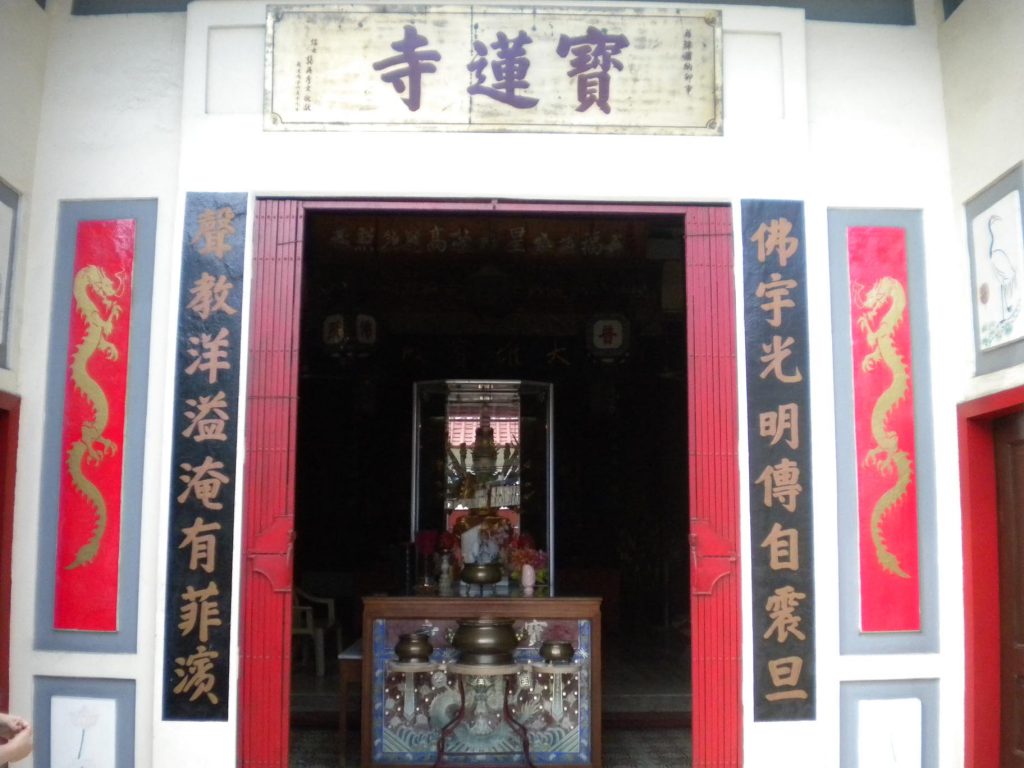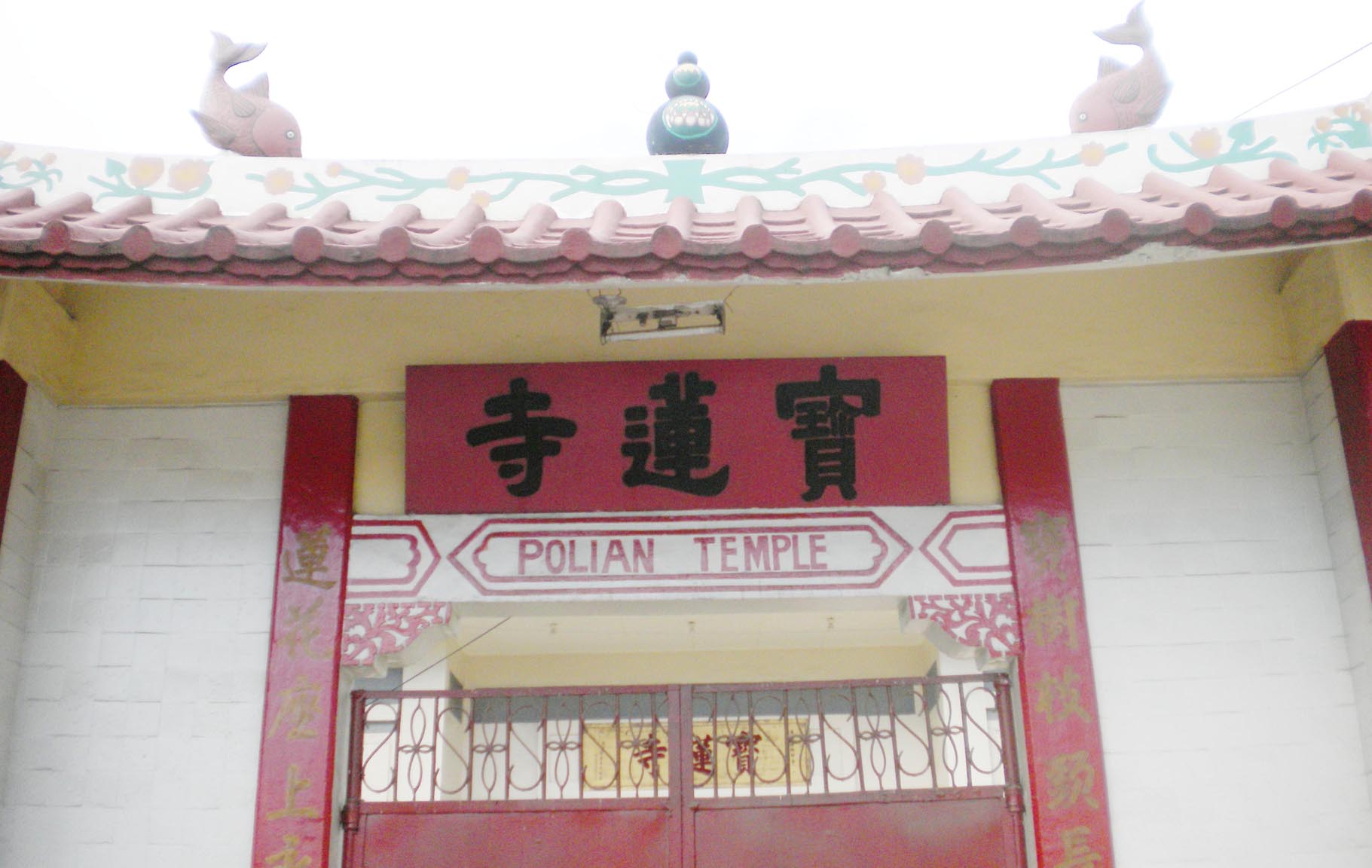Editors Note: This is the 35th installment of a series about the 36 Chinese Buddhist temples of the Philippines. Much of the information is from a thesis of Venerable Chuanmiao (Hsuan Chuang University, 2008), a Buddhist monk affiliated with the Thousand Buddha Temple in Quezon City.
35. Po Lian Temple 寶蓮寺
E.Quirino Avenue, Davao City | Tel. (082) 227-5370
This temple began as a private family shrine. Lin Ping (林平), born in Fujian in 1889 and raised with bound feet, followed her husband to the Philippines around 1920. Her husband, surnamed Tan 陳, died in 1928, and she was left to care for six children: two of her own, and four from her husband’s Filipino wife, who also died young. She survived and managed to raise the children. At some point, she set up an altar in her home and people came to pray with her or seek her counsel.
Lin Ping was illiterate, but she learned to read Chinese as an adult so that she could chant sutras, read and interpret the oracles.
The only thing she knew how to write was her name. In 1959, devotees pooled their resources and built the temple for her. Ruijin (瑞今) came to Davao for the blessing ceremonies.
In 1960, Lin Ping invited Miaojue (妙抉) from the Hwa Chong Temple (華藏寺), Malabon, to come and serve as the abbot. Miaojue stayed only three months before returning to Malabon, where his services were urgently needed.
He was born in Indonesia in 1918, but returned to China with his family in 1934. He was ordained by Xingyuan (性願) in Quanzhou in 1935.
After some Buddhist studies, including a time with Hongyi studying the Vinaya during World War II, he was at the Nanputuo Temple (南普陀寺) in Xiamen when Xingyuan asked him to go to Manila in 1950.
Delays in processing his papers led to a seven-year stay in Hong Kong, and he arrived in Manila in 1957. He was sent to the Hwa Chong Temple, where he supervised the construction of many buildings, thus accounting for the short stay in Davao.
After Miaojue left Davao, Lin Ping managed the temple until her death in 1990, aged 102.
Her daughter-in-law, Hong Binhua, then based in Manila, moved back to Davao to look after the temple. Hong Binhua died in October 2012, and the future of the temple has not been decided by her family.

Main buildings. The modest temple has one main hall, and an ancestral hall to Lin Ping on the left. The inscriptions use her Dharma name, Zongshang (宗尚).
The main hall has a statue of the Thousand Hands Thousand Eyes Guanyin by the entrance, and Shakyamuni Buddha enshrined in the center. There are side altars to Ksitigarbha and a folk deity, Furen Ma (夫人媽) represented by two small statues. Furen Ma is believed to be the special patroness of those who desire sons.
A house stands beside the temple, where the caretaker and her family live.
Leadership and primary activities. During Lin Ping’s time, regular chanting services were held on the devotion and feast days, capped with a vegetarian lunch. At present, the temple is open to the public but used only for private devotions. — — First published in Tulay Fortnightly, Chinese-Filipino Digest 26, no. 4 (July 23-Aug. 5, 2013): 12-13.
